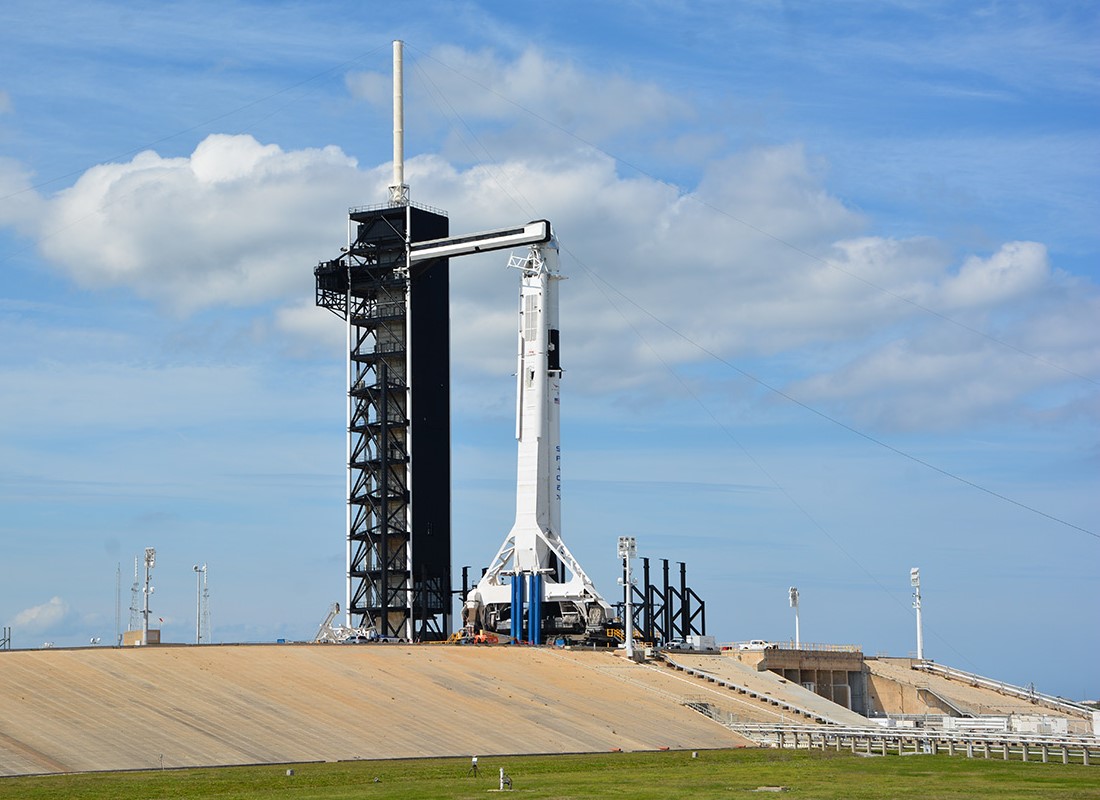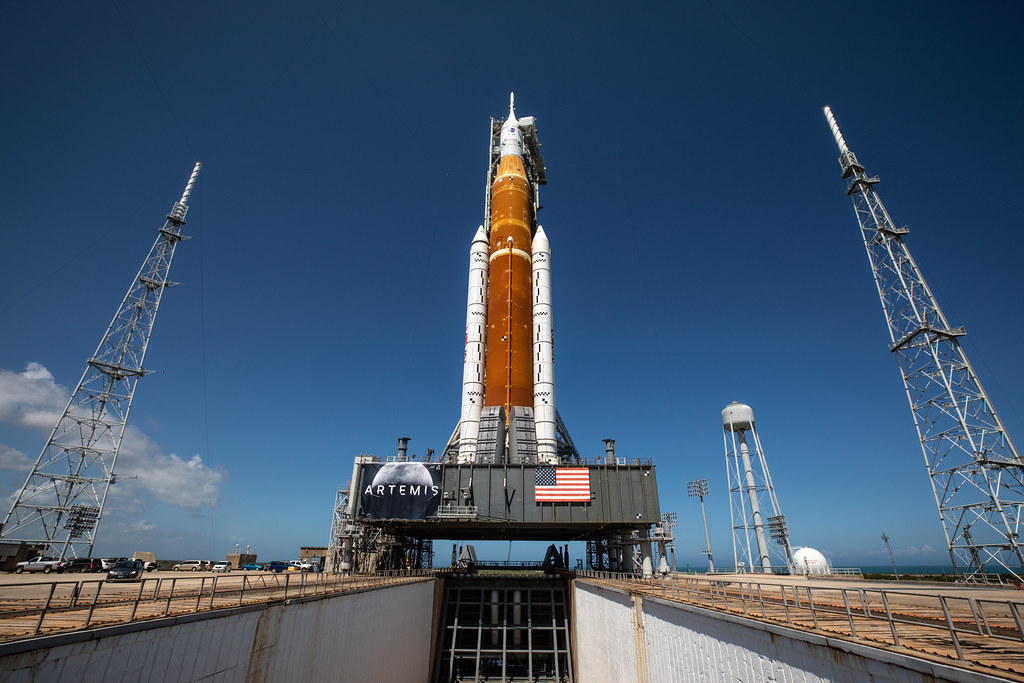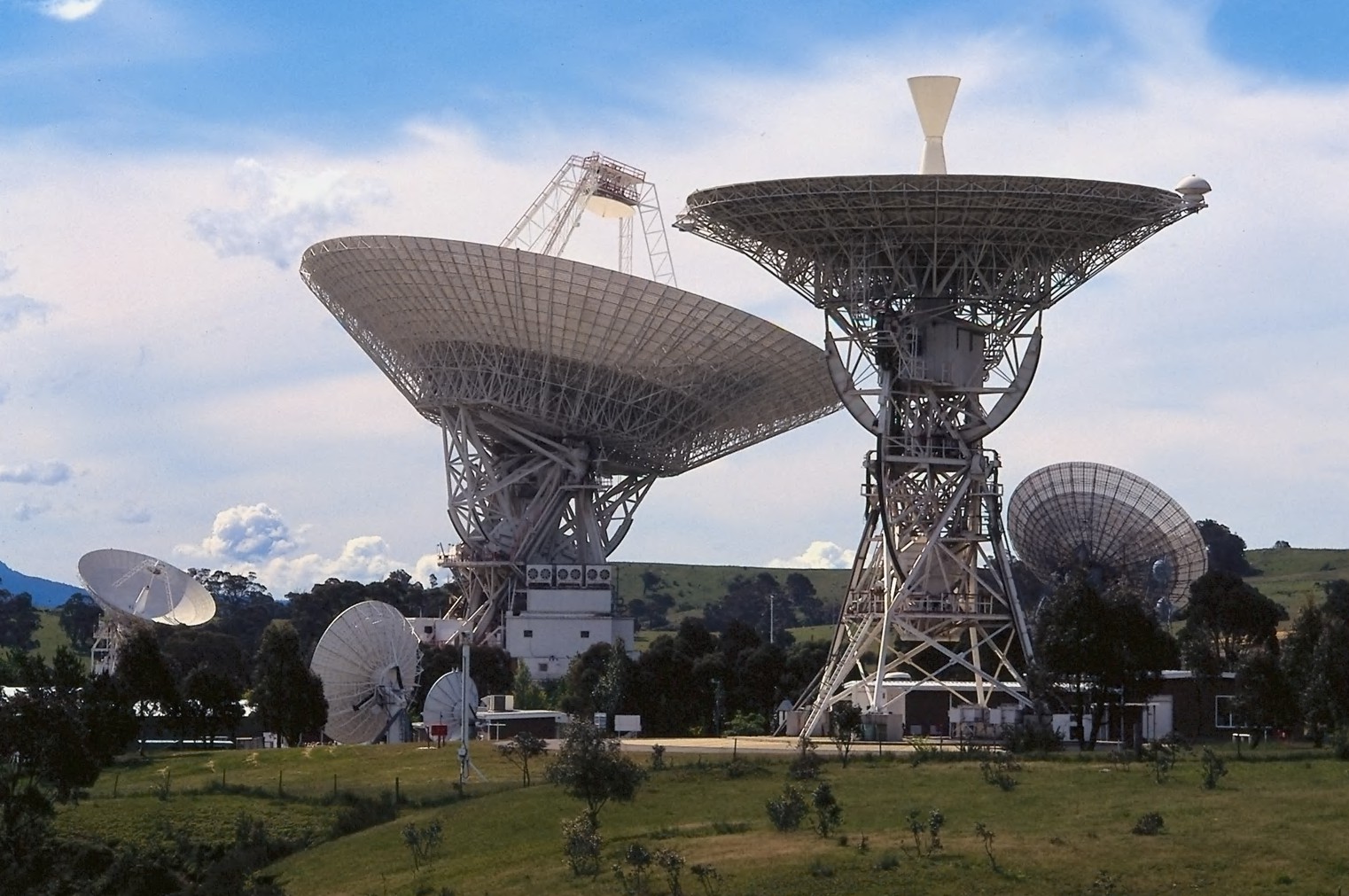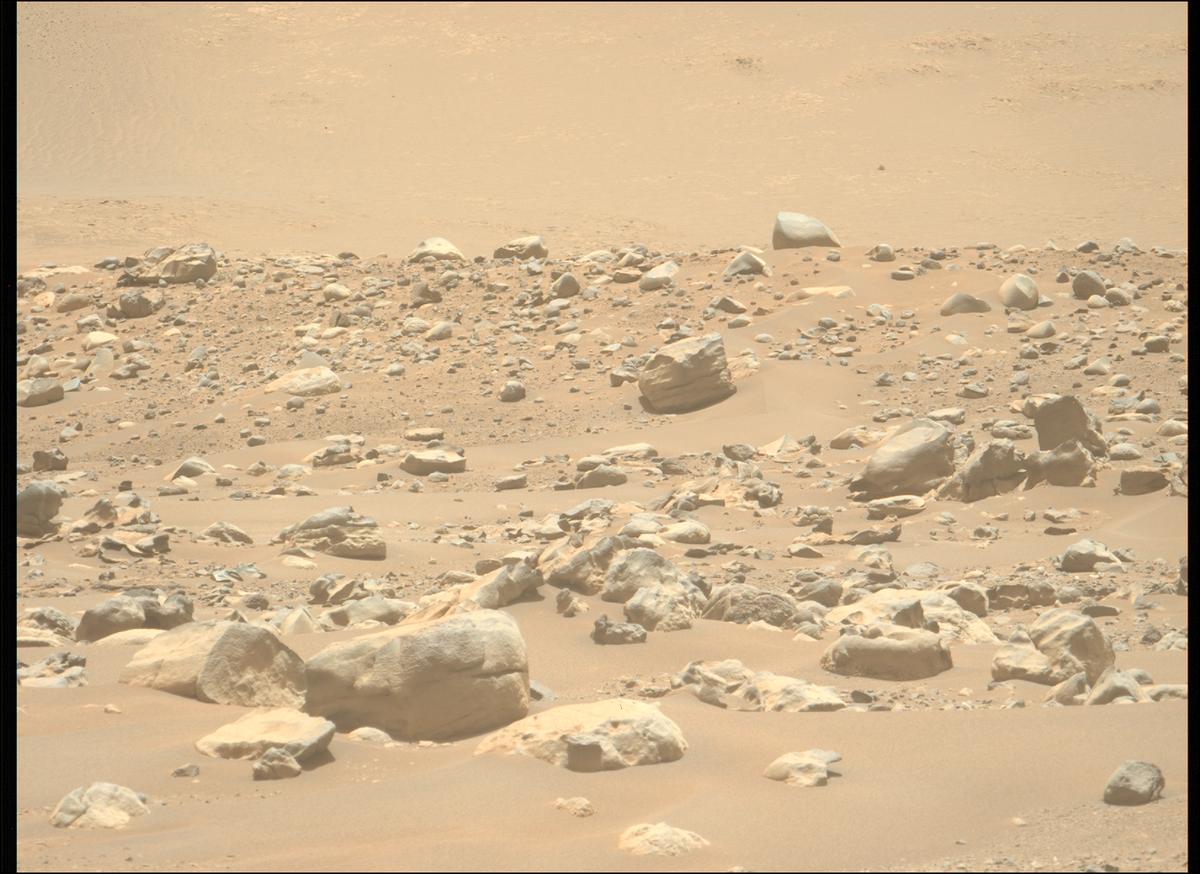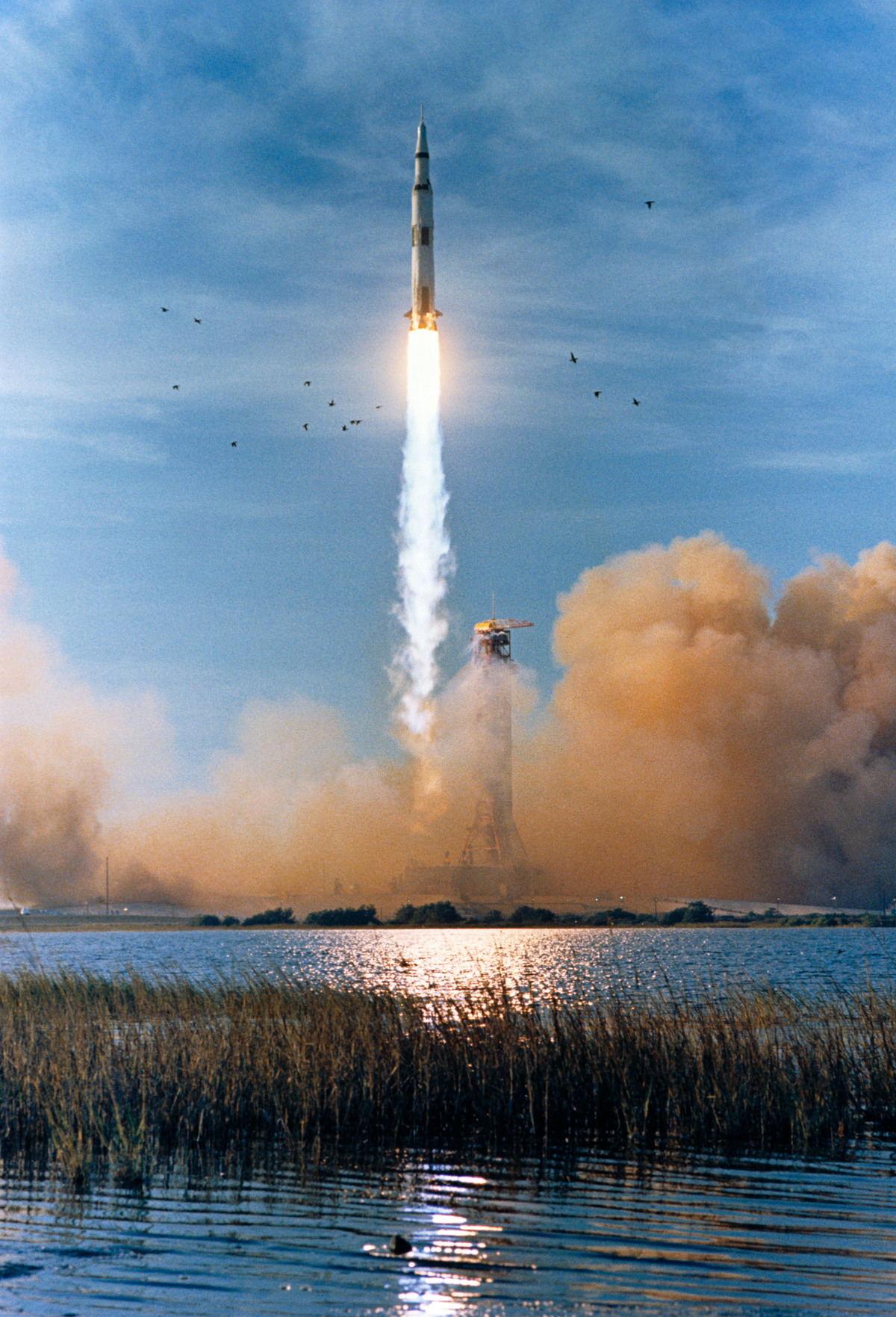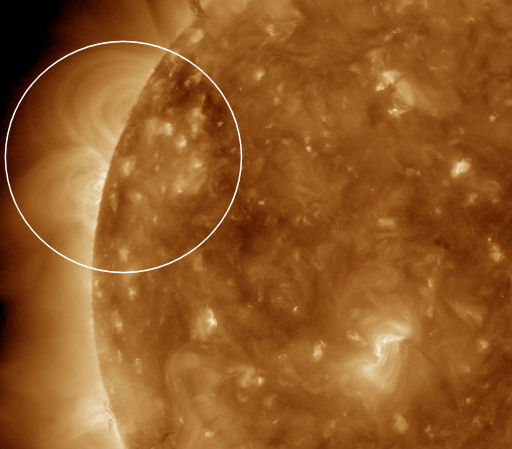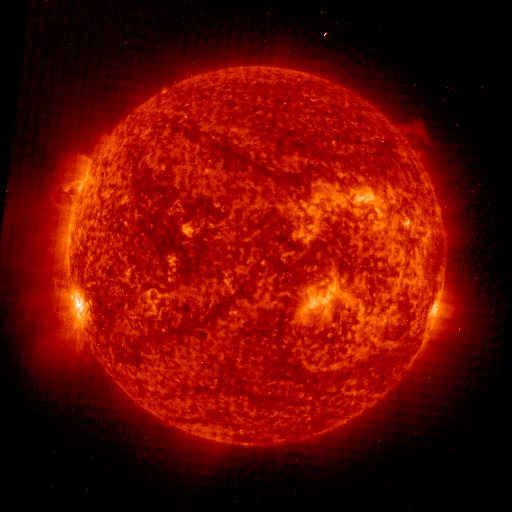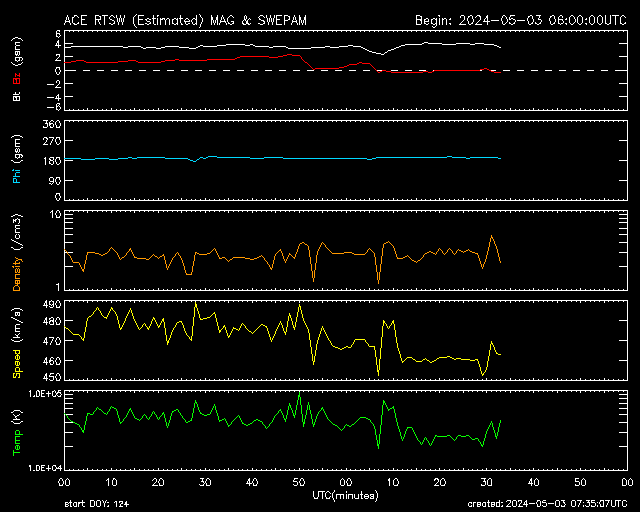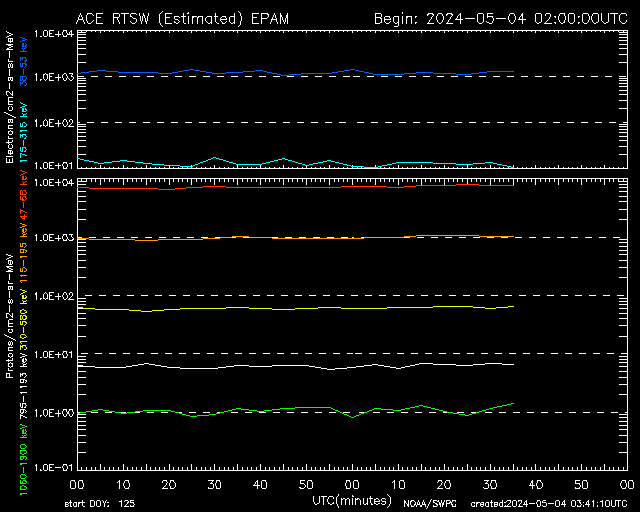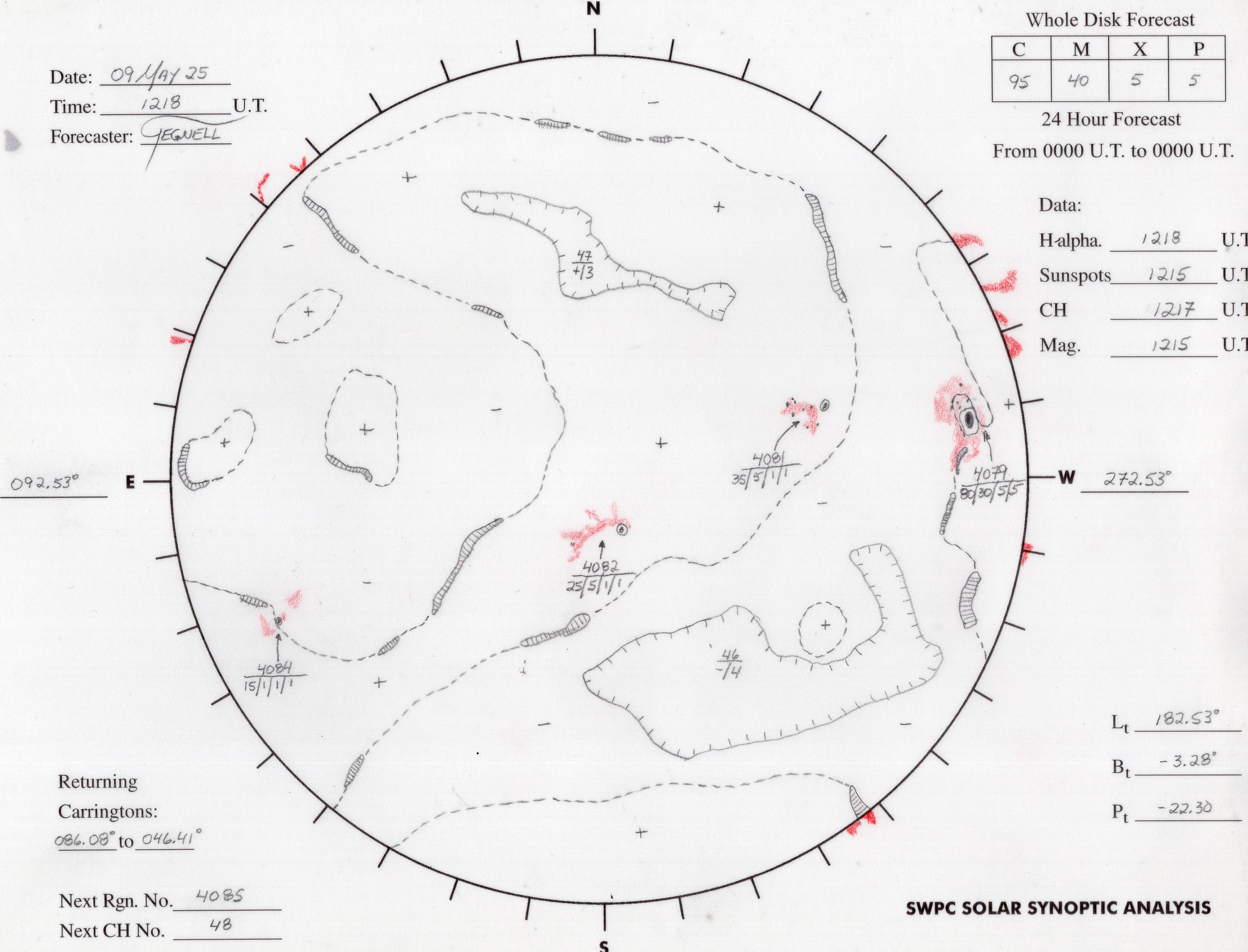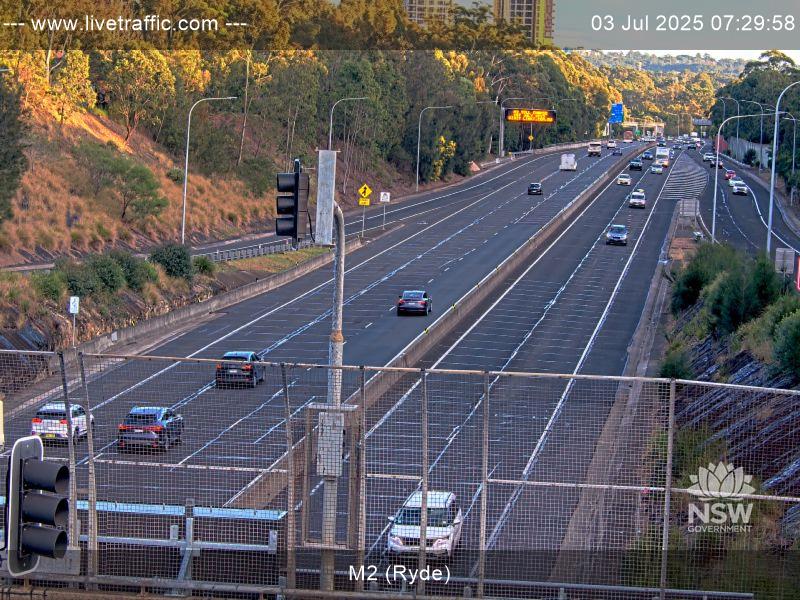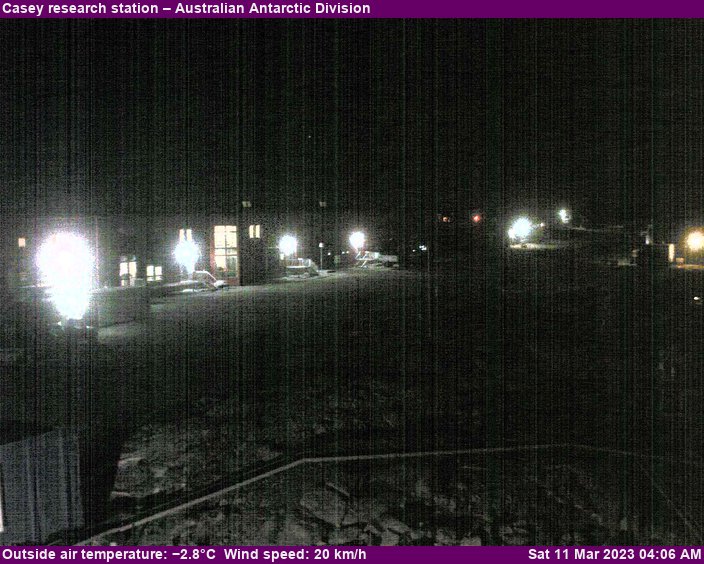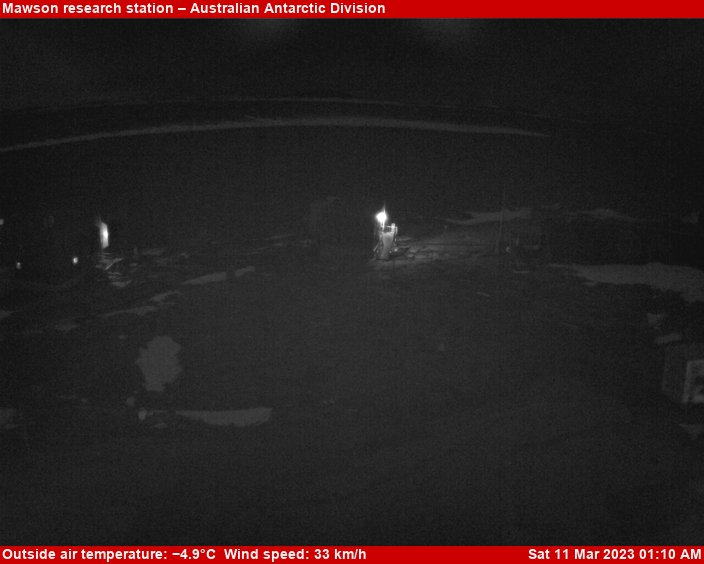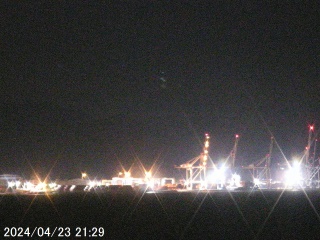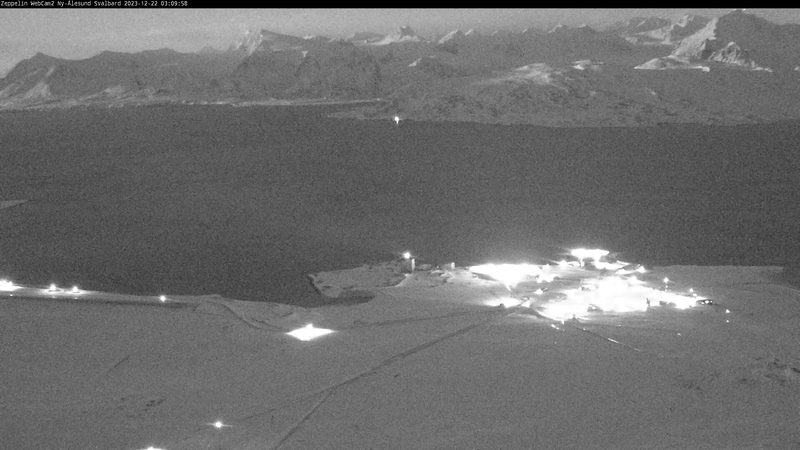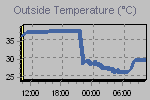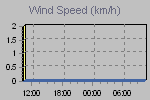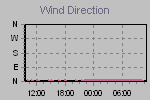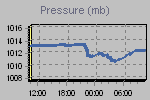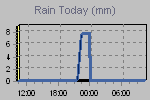As Perseverance continues to wrap up its current activities at Turquoise Bay where it collected a new sample for possible return to Earth, the Mars 2020 team is getting ready for Perseverance to approach the next site in the Margin Unit campaign, a site called Jurabi Point, also known as the 'gateway' to Gnaraloo Bay. Here Perseverance will encounter what is known as a 'triple junction' between the curvilinear or 'Upper Fan' sedimentary rocks, the 'Boulder-rich unit,' and the carbonate-containing Margin unit. The carbonate rocks of the Margin unit are of particular interest from an astrobiological and a paleoclimatic perspective as carbonates are capable of preserving organic material, and can record information that could be used to reconstruct the depositional environment of the crater margin from which the latest sample came.
Jurabi Point is also exciting since it may be an excellent location to sample a boulder. This is because a sample from a boulder deposited near the later stages of the Jezero paleolake can be used for what is known as cosmogenic radionuclide dating. This type of dating has been used many times for deposits on Earth and is useful for estimating how long the ancient sedimentary deposits have been exposed at the surface. This would allow researchers to place a time constraint on when the youngest sediments in the Western Jezero Fan were deposited.
Cosmogenic radionuclide dating works due to Mars’ surface being bombarded by high-energy cosmic rays produced by supernovae. But the cosmic rays only penetrate about a meter below the planet’s surface. When cosmic rays bombard, say, a recently deposited boulder, nuclei of the chemical elements within the rock will be shattered in a process called spallation. The concentration of the resulting fragments - newly formed isotopes - can be measured to calculate how long the boulder has been exposed within about a meter of the surface. That duration provides a limit on when the boulders were deposited on the fan. With the long exposure durations expected on Mars the cosmogenic isotopes of choice are stable, including 3He, 21Ne, and 36,38 Ar. These isotopes will accumulate from spallation of common elements such as oxygen, silicon, and calcium.
Nicolas Randazzo, Postdoctoral Scientist, University of Alberta
